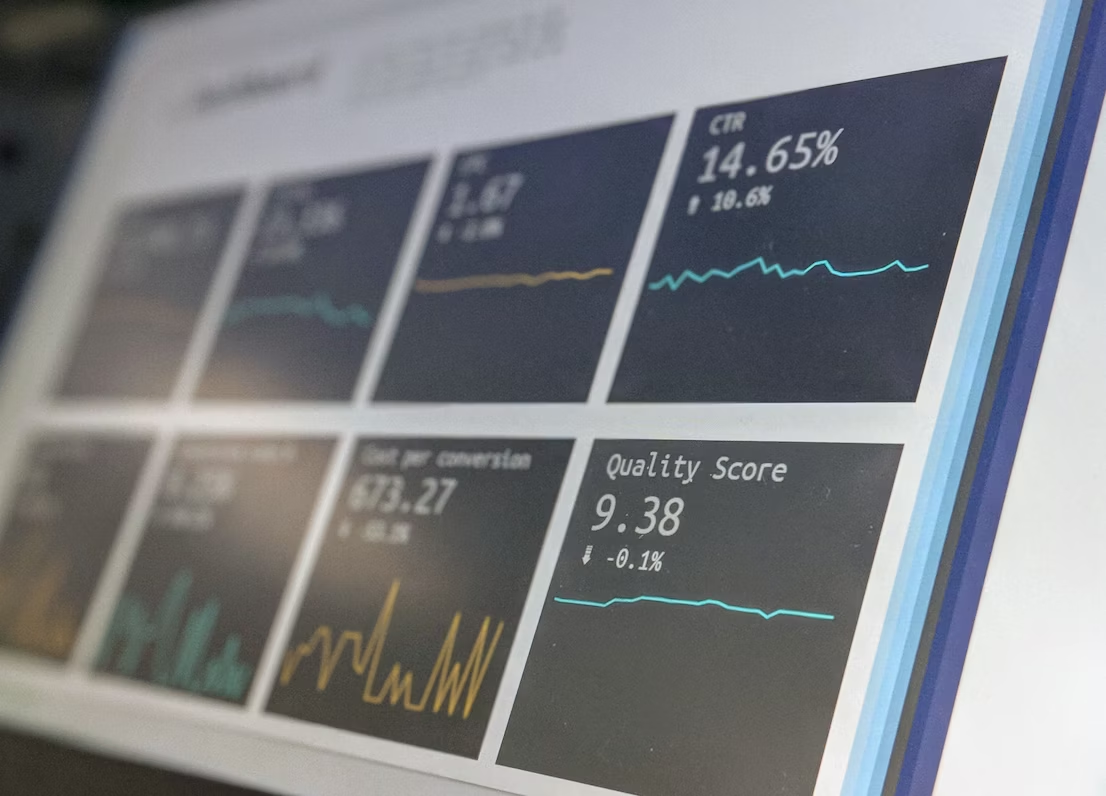In an ever-evolving world, theater is not just about entertainment. It has transformed into a dynamic platform for social dialogue, in other words, theater and social activism have become intertwined.
1. Theater as a Tool for Social Activism
So, how exactly does theater become a tool for social activism? Simple—by using compelling narratives and captivating performances to spotlight social issues that might otherwise be ignored or misunderstood. It's a way of taking abstract issues and making them tangible, relatable, and—most importantly—unavoidable.
The beauty of theater and social activism lies in its ability to challenge the audience's perceptions. It's not about telling people what to think, but fostering an environment where they're encouraged to think critically and empathetically about the world around them.
Let's look at some of the ways theater can be harnessed for social activism:
- Raising Awareness: Theater can shine a light on social problems that are often overlooked, bringing them to the forefront of public consciousness. Whether it's racial injustice, gender inequality, or environmental degradation, theater has the power to raise awareness and spark conversations.
- Creating Empathy: Theater provides a unique opportunity to walk in someone else's shoes. By portraying the lived experiences of diverse characters, it can foster empathy and understanding, breaking down barriers and challenging stereotypes.
- Inspiring Action: Perhaps the most powerful aspect of theater and social activism is its potential to inspire action. Theater doesn't just inform—it motivates. It stirs emotions, provokes thought, and compels audiences to make a change.
- Education: Theater can be an effective educational tool, teaching audiences about social issues in an engaging, memorable way. This can be particularly useful for younger audiences who might find traditional methods of education less engaging.
Remember, you don't need a Broadway budget to make a difference. Even the simplest of plays can have a profound impact. So why not use your creativity to contribute to social activism? Who knows—you might just start a revolution on stage.
2. Historical Examples of Theater for Social Change
The marriage of theater and social activism isn't a new concept. In fact, our history is ripe with instances of theater being leveraged to inspire social change. Let's take a stroll down memory lane and visit some noteworthy examples:
- The Federal Theater Project: During the Great Depression, the U.S. government launched the Federal Theater Project. This initiative, part of the larger Works Progress Administration, aimed to employ artists while bringing theater to the masses. Many of the plays produced focused on social issues like poverty, labor rights, and racial discrimination.
- Bertolt Brecht's Epic Theater: German playwright Bertolt Brecht revolutionized theater in the 20th century with his 'Epic Theater.' Brecht's plays, such as "The Threepenny Opera," used theater to critique social issues and provoke thought, with a firm belief that theater should incite societal change.
- The Living Theater: Founded in 1947 by Julian Beck and Judith Malina, The Living Theater was a radical theater group that used their performances to protest war, capitalism, and oppressive regimes. Their interactive performances, often held in unconventional spaces, aimed to blur the line between performers and audience and create a shared experience.
- Augusto Boal's Theater of the Oppressed: In the 1970s, Brazilian director Augusto Boal developed the 'Theater of the Oppressed,' a form of theater designed to empower marginalized communities. The audience is encouraged to not just watch, but participate and influence the outcome of the performance—creating a powerful platform for social dialogue.
These examples demonstrate the potential of theater as a tool for social activism. They serve as a testament to the enduring power of theater to challenge norms, inspire thought, and spark change. What's your favorite example of theater for social change? Will you be the next to create a masterpiece that shakes up the status quo?
3. Techniques to Incorporate Activism in Theater
You've seen how theater and social activism have coalesced in the past. But how can you make your mark? Below are some techniques to incorporate social activism into your theater work:
Find Your Cause
First things first, what social issue resonates with you? Whether it's climate change, racial equality, or mental health awareness—pick a cause that you are passionate about. This passion will fuel your creativity and make your work more authentic.
Research, Research, Research
Once you have your cause, it's time to do a deep dive. Understand the issue from various perspectives. Conduct interviews, read books, watch documentaries—gather as much information as you can. This will not only give your work depth but also help you present a nuanced view of the issue.
Incorporate Real Stories
Theater and social activism are at their most powerful when they reflect reality. Use real stories and experiences in your work. They can be your own, from your research, or inspired by public figures. This will help your audience connect with the issue on a personal level.
Encourage Audience Interaction
Remember Augusto Boal's 'Theater of the Oppressed'? Take a leaf out of his book and encourage audience participation. Make them feel like they are part of the performance. This can be through questioning, discussion sessions, or interactive scenes. By doing so, you are not just presenting an issue, but sparking a dialogue about it.
End with a Call to Action
Lastly, don't forget to end with a call to action. What do you want your audience to do after they have watched your performance? Whether it's to sign a petition, join a protest, or simply to think deeply about the issue—you should leave your audience with a clear action to take.
Incorporating social activism into your theater work might seem like a daunting task. But with these techniques, you have a roadmap to create a performance that not only entertains but also educates and inspires. Imagine the possibilities!
4. Case Study: Successful Social Activism Plays
So, you've got your toolbox ready for creating theater that sparks social activism. But, let's look at some plays that have successfully walked this path. These examples will give you a sense of how you can transform your passion for a cause into a compelling piece of theater.
'The Normal Heart' by Larry Kramer
This play, set during the early years of the HIV-AIDS crisis in New York City, is a heartfelt call to action. Kramer's play is unflinching in its depiction of the apathy and discrimination faced by the gay community. 'The Normal Heart' is a prime example of how theater can be a powerful platform for social activism, leading to increased awareness and dialogue.
'Angels in America' by Tony Kushner
Another play that tackles the AIDS crisis, 'Angels in America', is a landmark in theater and social activism. Mixing the political with the personal, Kushner's work is a stark portrayal of the struggles faced by gay men in 1980s America. The play's success—both critically and commercially—shows the impact theater can have in bringing marginalized stories into the mainstream.
'Ruined' by Lynn Nottage
Turning our attention to global issues, 'Ruined' is a play that brings to life the horrors of the civil war in Congo. Through the lens of a small group of women, Nottage explores themes of resilience, survival, and the human cost of war. 'Ruined' is a testament to the fact that theater can be a powerful tool for raising awareness about international social issues.
'Hamilton' by Lin-Manuel Miranda
Finally, how can we talk about theater and social activism without mentioning 'Hamilton'? This groundbreaking musical uses hip-hop to tell the story of Alexander Hamilton, one of America's founding fathers. By casting actors of color in the roles of historical figures, Miranda challenges traditional narratives and sparks discussions on representation and inclusivity in theater.
Each of these plays stands as a beacon of what theater and social activism can achieve when married together. They not only tell compelling stories but also provoke thought, inspire action, and spark conversations on social issues. So, are you ready to follow in their footsteps and create your own piece of activist theater?
5. How to Create Your Own Activism Theater Piece
Alright, so you've seen the power of theater and social activism in action. But how do you go about creating your own? Here are a few steps to get you started:
Identify Your Cause
First things first, you need to know what social issue you want to address. Is it climate change, racial injustice, or mental health awareness? Pinpoint the message you want to send across through your play. Remember, the more passionate you are about the cause, the more likely you are to create a piece that resonates with others.
Do Your Research
Once you've identified your cause, it's time to hit the books (and the internet, and the streets). Research the issue thoroughly - understand its origins, its impact, and the different viewpoints surrounding it. This will provide depth to your play and make it more credible.
Create Relatable Characters
Characters are the heart of any play. When creating your characters, make sure they are believable and relatable. Your audience needs to connect with them to truly engage with the issue you're trying to highlight.
Craft a Compelling Story
Now, you've got your cause, your research, and your characters. It's time to weave them all together into a compelling story. Keep in mind that while your play is a piece of social activism, it's also entertainment. Strive for a balance between delivering your message and keeping your audience engrossed.
Stage Your Play
Once your script is ready, it's time to bring it to life! Consider partnering with local theater groups or community centers. Alternatively, with technology at your fingertips, virtual performances are also a great option.
Creating a theater piece centered around social activism may seem like a daunting task. But with passion, research, and a bit of creativity, you can harness the power of theater to not just entertain, but inspire change. So, are you ready to take the first step towards making your voice heard?









